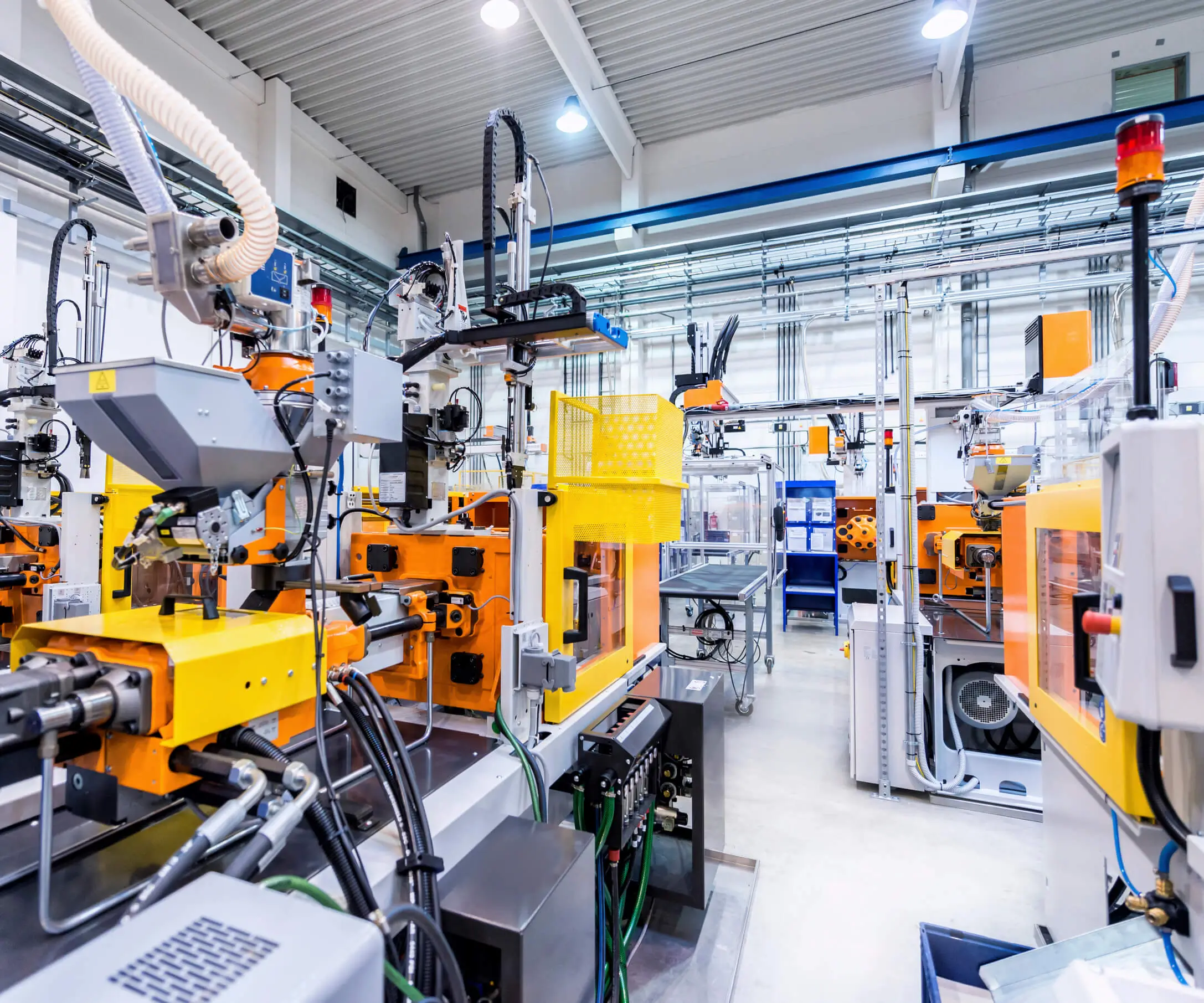In the realm of modern automation, robotics, and precision machinery, servo motors stand as the backbone of dynamic control systems. These compact yet powerful devices are meticulously designed to deliver exact rotational or linear position control, speed, and torque. Among the various types of servo motors, AC servo motors and DC servo motors are two dominant contenders, each with their unique strengths, applications, and technological intricacies. Understanding the differences and real-world advantages of these two motor types can be empowering for engineers, hobbyists, and industry leaders seeking optimal performance in their projects.

The Basics of Servo Motors
Before diving into the comparison, let’s clarify what a servo motor is. Unlike regular motors that run continuously or on-demand without precise control, a servo motor is integrated into a feedback mechanism—typically an encoder or resolver—that constantly relays position data back to a controller. This closed-loop system allows for exact positioning, smooth motion, and rapid response to control signals.
In essence, a servo motor doesn’t just spin; it spins exactly where it’s supposed to, how fast it needs to, and with the torque required for the task. This precision makes servo motors indispensable in robotics, CNC machinery, automated manufacturing, camera systems, and even high-performance hobbyist projects like drone stabilization.
AC Servo Motors: The Power of Alternating Current
AC servo motors are designed to work with alternating current supplied by the mains or other AC power sources. They come in various configurations but are typically based on synchronous or asynchronous principles.
Construction and Operation: An AC servo motor often features a rotor (either wound or permanent magnet) and a stator with a three-phase winding. The driving current creates a rotating magnetic field in the stator, which induces a magnetic response in the rotor. In synchronous types, the rotor rotates in sync with the magnetic field, providing precise control.
Advantages of AC Servo Motors:
High Power and Torque Production: AC motors can deliver higher torque for their size, making them suitable for heavy-duty applications. Efficiency and Durability: They tend to operate efficiently with less heat generation, leading to longer service life. Speed Control: They can achieve a wide range of speeds with relatively simple control schemes, especially when paired with modern Variable Frequency Drives (VFDs). Low Maintenance: Fewer brushes or commutators are involved, reducing wear and tear. Applications: Large industrial automation setups Robotics requiring significant power CNC machinery for heavy-duty cutting and milling Wind turbines and other renewable energy systems
DC Servo Motors: The Classic Workhorse with Precise Control
DC servo motors are often favored for their simplicity, excellent control over speed and position, and responsiveness.
Construction and Functionality: A DC servo motor typically comprises a wound armature, field windings or magnets, and brushes with a commutator. Direct current supplied to the motor produces a magnetic field, causing the rotor to turn. Feedback devices, such as encoders, modulate the current to achieve precise positioning.
Advantages of DC Servo Motors:
Outstanding Torque at Low Speeds: Their design inherently provides high torque even at low velocity, making them perfect for delicate positioning. Easy Speed and Position Control: The direct control of armature voltage or current translates into straightforward control algorithms. Good Dynamic Response: They can quickly accelerate, decelerate, and change direction. Cost-Effective for Certain Applications: Especially when simplicity and quick deployment are priorities. Applications: Robotics requiring fine positioning and low-speed operation Small CNC machines Camera positioning systems Automated guided vehicles (AGVs) and other mobile machinery
The Key Differences at a Glance
Aspect AC Servo Motor DC Servo Motor Power Source AC (Alternating Current) DC (Direct Current) Control Complexity Moderate to High (requires inverters) Simpler, with brushes and commutators Maintenance Low due to fewer brushes Higher, because of brushes and commutators Speed Range Wide, efficient at high speeds Excellent at low speeds, wide control Torque Characteristics High torque at high speed High torque at low speed Suitable for Heavy-duty, high-power applications Precise low-speed control applications Size and Cost Larger and often more expensive Compact and cost-effective
Choosing Between AC and DC
Deciding whether an AC servo motor or a DC servo motor is better depends largely on the specific requirements of the application. For industrial environments demanding robustness, high power, and low maintenance, AC servo motors often excel. They fit seamlessly into automation systems with complex drive requirements.
Conversely, if the task demands quick, precise control at low speeds, and the environment can accommodate the maintenance of brushes and commutators, DC servo motors tend to be the go-to solution. They’re particularly popular for small-scale robotics, prototyping, and applications where rapid response and fine control are more critical than raw power.
Kpower has delivered professional drive system solutions to over 500 enterprise clients globally with products covering various fields such as Smart Home Systems, Automatic Electronics, Robotics, Precision Agriculture, Drones, and Industrial Automation.




































